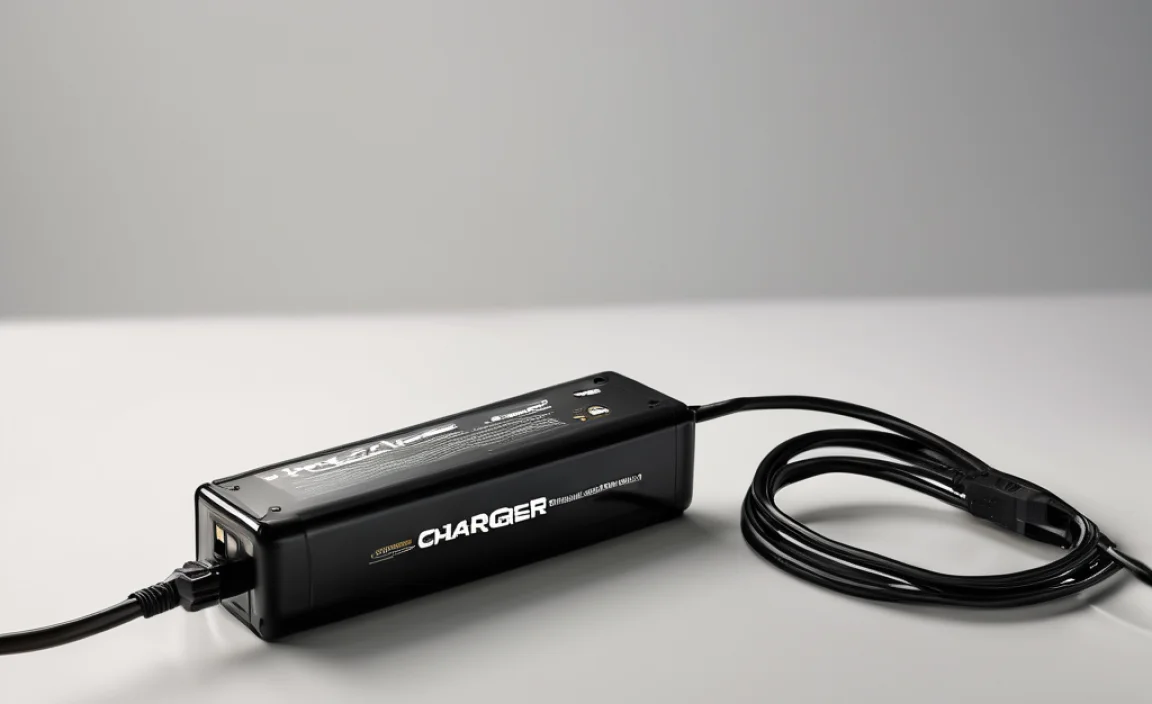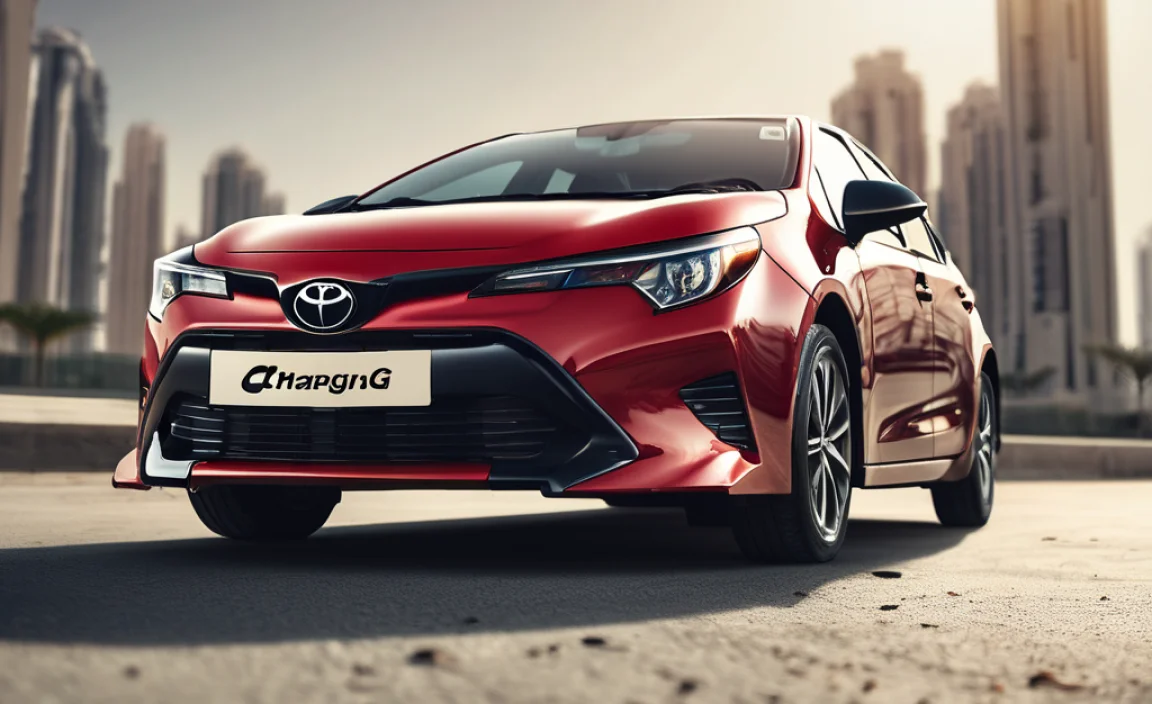Chargers for 3S LiPo batteries are essential for hobbyists using lithium polymer batteries in RC models and drones. Proper charging ensures battery longevity and performance. Mischarging can damage batteries or cause safety risks. Understanding the right charger, adhering to best practices, and implementing maintenance strategies are key to maximizing efficiency and safety.
Lithium Polymer (LiPo) batteries, particularly the 3S version, are a staple in the world of RC hobbies and drones due to their high power output and lightweight nature. However, these batteries require specific charging methods for optimal performance and safety. A charger for a 3S LiPo battery is specially designed to handle the voltage and current requirements unique to these batteries. Understanding these chargers is crucial as incorrect charging can lead to reduced battery life, performance issues, and even safety hazards.
Key Takeaways
– **Proper Charging**: Essential for extending battery life and ensuring safety.
– **Voltage Specific**: 3S LiPo batteries need chargers that can handle their specific voltage requirements.
– **Safety Features**: Quality chargers come with features to prevent overcharging and overheating.
– **Balance Charging**: Ensures each cell in the battery charges equally.
– **Regular Maintenance**: Vital for extending the life of both the charger and batteries.
– **Advanced Features**: Some chargers offer data logging and programmable settings for enthusiasts.
– **Cost-Effective**: Investing in a good charger can save money by preventing battery damage.
What is a Charger for 3S LiPo Battery?

A charger for a 3S LiPo battery is designed to manage the specific voltage and current needs of this type of battery, which is commonly used in remote-controlled (RC) hobbies and drones. The “3S” designation refers to three cells in series, giving a nominal voltage of 11.1 volts. These batteries are known for their high energy density and power output but require careful handling during charging.
Understanding the Characteristics
– **Voltage Specific**: Designed to handle the 11.1 volts nominal (up to 12.6 volts fully charged).
– **Balance Charging**: Built to charge each cell equally to maintain battery health.
– **Safety Mechanisms**: Includes features to prevent overheating and overcharging.
– **Programmable Options**: Allows customization for specific charging needs.
– **Portability**: Many models are compact, making them easy to transport for field use.
Chargers for 3S LiPo batteries are integral for maintaining the health and performance of your batteries. They ensure each cell is balanced and charged equally, which is crucial for the longevity and efficiency of the battery.
Why a Charger for 3S LiPo Battery is Important?
Choosing the right charger for your 3S LiPo battery is essential to maintain the lifespan, safety, and performance of your battery. Misuse or incorrect charging can lead to serious issues, including safety hazards such as fires or explosions, so understanding the importance of using a dedicated charger is crucial.
Benefits of Using the Right Charger
– **Enhanced Safety**: Features like thermal regulation prevent potential hazards.
– **Prolonged Battery Life**: Proper charging methods extend battery longevity.
– **Optimal Performance**: Ensures batteries deliver peak performance when needed.
– **Cost Savings**: Reduces the need for frequent replacements.
– **User-Friendly**: Many modern chargers are straightforward to use with simple interfaces.
– **Advanced Features**: Some models offer smart charging algorithms and diagnostics.
– **Environmental Protection**: Lowers the risk of damaging the environment through leaks or fires.
Selecting a 3S LiPo battery charger with the appropriate features ensures that you can safely and efficiently charge your batteries while protecting your investment.
Step-by-Step Guide to Charging a 3S LiPo Battery
Charging a 3S LiPo battery requires adherence to specific steps to ensure safety and efficiency. Here is a step-by-step guide to help you through the process:
Step 1: Choose the Right Charger
– **Check Compatibility**: Ensure the charger is compatible with 3S LiPo batteries.
– **Look for Balance Charging**: Choose a charger with a balance feature for equal cell charging.
– **Check Power Ratings**: Ensure the charger can handle the battery’s voltage and current needs.
– **Read Reviews**: Research user reviews for reliability and performance insights.
Selecting the correct charger sets the foundation for safe and effective battery maintenance.
Step 2: Set Up the Charging Station
– **Select a Safe Area**: Charge in a location free from flammable materials.
– **Ensure Ventilation**: Place the charger in a well-ventilated space.
– **Use a Fireproof Bag**: Consider using a LiPo safe bag during charging for added protection.
Setting up a proper charging station minimizes risks and improves safety.
Step 3: Connect the Battery
– **Inspect the Battery**: Check for any visible damage or swelling.
– **Connect Balance Plug**: Insert the balance connector into the charger’s port.
– **Connect the Main Lead**: Attach the power lead to the charger.
Proper connections are crucial for balance charging and avoiding mishaps.
Step 4: Program the Charger
– **Select Battery Type**: Set the charger to “LiPo” mode.
– **Input Cell Count**: Confirm the 3S setup (3 cells in series).
– **Set Charge Rate**: Typically 1C for standard charging; adjust as needed for faster or slower rates.
Programming the charger ensures it operates within the battery’s capabilities.
Step 5: Monitor the Charging Process
– **Observe the Charger**: Keep an eye on the charger for any unusual readings.
– **Check Temperature**: Ensure the battery and charger remain cool.
– **Listen for Alerts**: Some chargers will alert you if there’s an issue.
Monitoring the process helps catch any potential issues early.
Alternative Methods / Tools
While dedicated 3S LiPo chargers are ideal, there are alternative methods and tools available for charging such batteries.
Using a Universal Charger
– **Adjustable Settings**: Can be adjusted to charge different battery types including 3S LiPo.
– **Versatility**: Useful for hobbyists with multiple battery types.
– **Cost-Effective**: A single charger serves multiple purposes.
Universal chargers are a good option for those managing various battery types, as long as they include balance charging capabilities.
Portable Charging Solutions
– **Field Chargers**: Designed for use out in the field.
– **Compact Size**: Easy to transport.
– **Battery-Powered**: Some models use an internal battery for charging away from power sources.
Portable chargers are excellent for on-the-go enthusiasts, providing convenience and flexibility.
Troubleshooting Common Issues
Charging a 3S LiPo battery can sometimes lead to issues that need troubleshooting. Understanding these common problems can help prevent damage and maintain battery health.
Battery Not Charging Properly
– **Check Connections**: Ensure all cables are securely connected.
– **Inspect Battery Condition**: Look for swelling or physical damage.
– **Verify Charger Settings**: Confirm the correct mode and settings are selected.
If the battery isn’t charging, these checks can help identify and resolve the issue quickly.
Charger Overheating
– **Ensure Ventilation**: Make sure the charger is in a ventilated area.
– **Check Load**: Ensure you’re not exceeding the charger’s capacity.
– **Use a Cooling Fan**: Consider additional cooling for high-performance chargers.
Overheating can be mitigated by ensuring efficient airflow and appropriate load management.
Advanced Techniques
For enthusiasts looking to optimize their 3S LiPo charging process further, several advanced techniques can be employed.
– **Data Logging**: Some chargers offer data logging to track performance over time.
– **Custom Charging Profiles**: Use programmable settings for specific battery conditions.
– **Parallel Charging**: Charge multiple batteries at once with appropriate equipment.
These advanced techniques provide a deeper level of control and insight for users looking to maximize battery efficiency and lifespan.
Prevention & Maintenance Tips
Regular maintenance and preventive measures are crucial to extending the life of your 3S LiPo batteries and charger.
– **Regular Inspections**: Check for damage or wear before each use.
– **Clean Contacts**: Ensure all connectors are clean and free of corrosion.
– **Store Properly**: Keep batteries at a safe storage voltage when not in use.
– **Use a LiPo Bag**: Always charge batteries in a fireproof LiPo safe bag.
– **Periodic Calibration**: Calibrate your charger to ensure accuracy.
These practices help maintain both safety and performance while minimizing the risk of damage.
Real-Life Examples
**John from Colorado** experienced swelling in his 3S LiPo battery due to improper charging methods. After switching to a dedicated charger with balance charging, he noted improved battery performance and longevity.
**Emily, an RC enthusiast in Florida**, adopted data logging for her high-performance drones. This helped her identify charging patterns that optimized her batteries’ lifespan, reducing her overall costs significantly.
Stats & Data Section
According to Allied Market Research 2024, the LiPo battery market is expected to grow at a CAGR of 10.3%, driven by the increasing demand for drones and RC vehicles.
Research by TechNavio 2025 suggests that over 60% of hobbyists prefer LiPo batteries due to their superior energy density and performance advantages.
As per Grand View Research 2023, safety concerns and technological advancements in chargers are leading to a significant rise in the adoption of advanced charging methods.
Charger Features Compared
| Feature | Entry-Level | Mid-Range | High-End |
|---|---|---|---|
| Balance Charging | No | Yes | Yes |
| Data Logging | No | No | Yes |
| Programmable Settings | Basic | Advanced | Fully Programmable |
| Portability | Compact | Portable | Portable with Power Supply |
| Price | Low | Moderate | High |
Conclusion
Investing in a dedicated charger for your 3S LiPo battery is an essential step toward ensuring the safety, performance, and longevity of your batteries. By understanding the key features, alternative methods, and preventive maintenance tips, you can maximize the efficiency and lifespan of your batteries. Stay informed of the latest advancements and always prioritize safety in your charging practices. Keep exploring and learning to make the most out of your RC and drone experiences.
Frequently Asked Questions
Question 1: What is a 3S LiPo Battery?
**Answer**: A 3S LiPo battery consists of three cells in series, providing a nominal voltage of 11.1 volts.
Question 2: Why is Balance Charging Important?
**Answer**: Balance charging ensures all cells in the battery are charged equally, preventing overcharging and extending battery life.
Question 3: Can I Use Any Charger for a 3S LiPo Battery?
**Answer**: No, you must use a charger specifically designed for LiPo batteries to ensure safety and optimal performance.
Question 4: How Often Should I Charge My 3S LiPo Battery?
**Answer**: Charge as needed, but avoid leaving it fully charged when storing it for extended periods to maintain battery health.
Question 5: What is the Best Charging Rate for a 3S LiPo?
**Answer**: A 1C charge rate is standard, providing a balance between safety and charging time.
Question 6: How Do I Know If My Battery is Fully Charged?
**Answer**: Use a charger with a LiPo mode that indicates when the battery reaches its full charge voltage of 12.6 volts.
Question 7: Can Overcharging a 3S LiPo Battery Be Dangerous?
**Answer**: Yes, overcharging can lead to overheating, swelling, and potential fires, making it a significant safety hazard.
Question 8: What to Do If My Charger Becomes Hot?
**Answer**: Ensure proper ventilation and check if the charger’s capacity is being exceeded. Reduce load if necessary.
Question 9: Are Portable Chargers Safe for LiPo Batteries?
**Answer**: Yes, as long as they are designed for LiPo batteries and have adequate safety features.


